TRAVEL
Beyond Halifax: 5 N.S. destinations for the adventurous student
Looking to get out of your comfort zone?
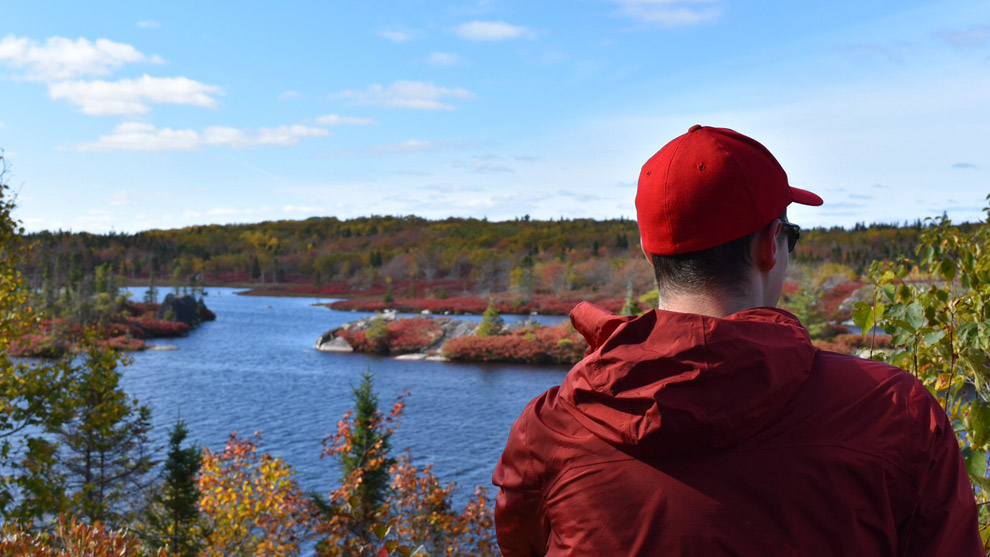
caption
John Sandham hikes the Bluff Wilderness Hiking Trail, about 25 minutes outside of Halifax by car.From its proximity to surfing spots such as Lawrencetown and Martinique, to its impressive reputation as one of the cities with the most bars per capita in Canada, Halifax is a good spot to spend your student years.
Unfortunately, many students get too comfortable in Halifax and don’t experience the rest of the province.
Here are five spots to visit in Nova Scotia for the adventurous student:
1) Cape Split Provincial Park Reserve

caption
Hikers reach the top of a cliff at Cape Split.Located in Scots Bay, this provincial park reserve offers one of the most famous coastal views in the province.
Overlooking the Bay of Fundy, it’s also a popular hiking spot for many Haligonians. The trail, a 16-km round-trip, leads hikers to a look-off 200 feet above the bay.
Many people visit in the summer and fall, but Michael Haynes, an experienced international hiker and author of several guides to hiking in Nova Scotia and other provinces, says the best time to go is in the spring.
“There’s a lovely window in May, just before the leaves come out, where the whole top of the Cape Split area and Blomidon Provincial Park are covered in purple trillium,” says Haynes.
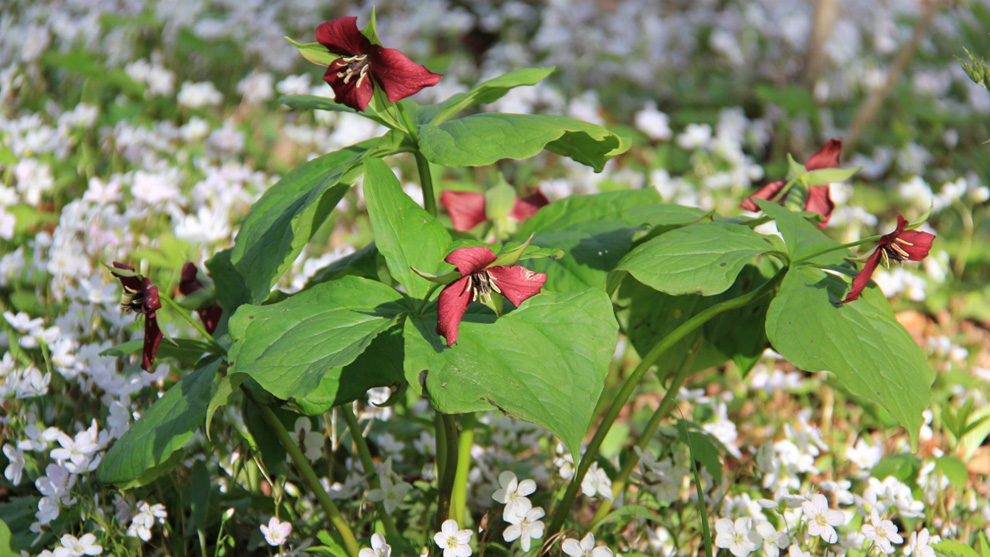
caption
A purple trillium at Cape Split.Cape Split is about 125 km from Halifax.
2) Kejimkujik National Park
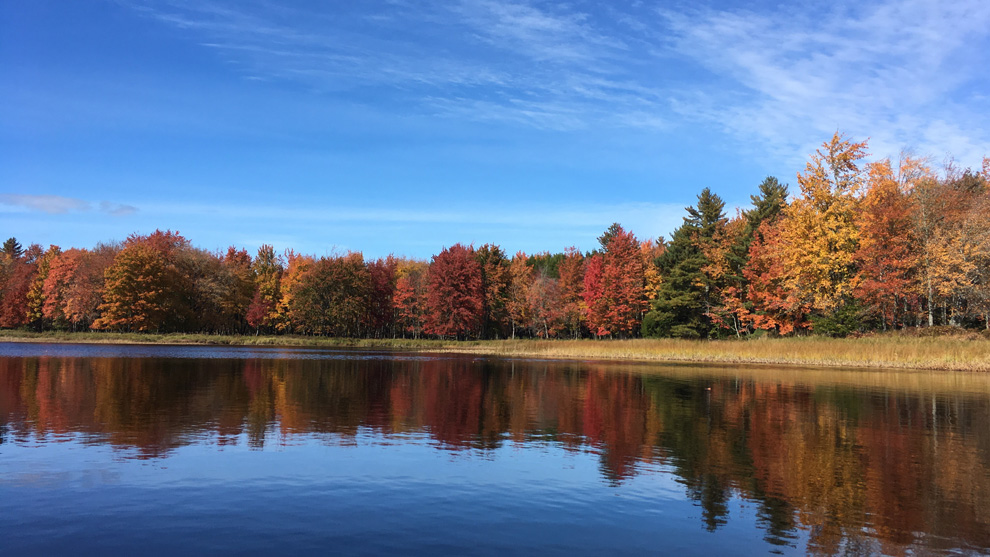
caption
The shoreline of a lake at Keji.If you enjoy multi-day hikes where you won’t see another human being until you emerge from the forest, toughened and dirty, then Kejimkujik, or Keji, is a great spot for you.
Just under 175 km southwest of Halifax, this national park is a rare refuge for old growth trees like hemlock, sugar maple and yellow aspen and is a historical marker for Mi’kmaq people.
But it’s not just what’s on the ground that makes Keji a worthwhile place place to visit: it’s also what’s in the sky. Designated as a Dark Sky Preserve by the Royal Astronomical Society of Canada in 2010, the park has one of the darkest skies in Atlantic Canada.
“On a clear night, from the centre of Halifax, you would be lucky to see 100 stars, and most of those would be barely visible,” says Douglas Pitcairn, a part-time instructor in astronomy and physics at Saint Mary’s University.
“From Keji, on a dark night, you could probably see 6,000 to 8,000 stars; it’s an enormous difference. You can’t help but be profoundly affected.”
3) Cape Breton Island
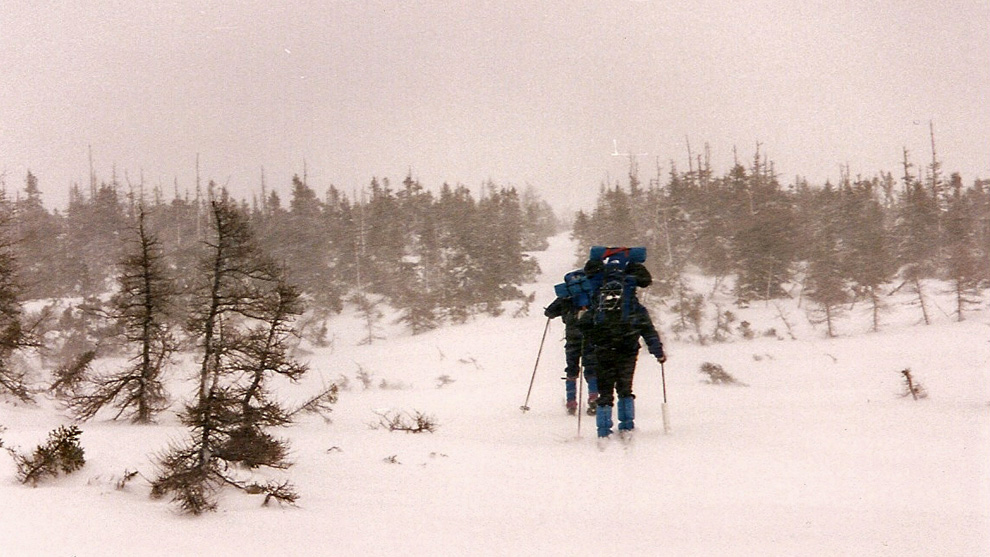
caption
Winter camping on the Benjie’s Lake Trail in Cape Breton’s Highlands.This breathtaking island should be an essential part of any Halifax student experience. It is home to the Skyline Trail and Highlands National Park, both which have hiking paths, and the Bras d’Or Lake, an inland sea.
The busiest month for Cape Breton so far this year was August, with the month’s total tourism revenue coming in at $406,000. But the island sees a huge drop in visitors over the winter months. The average revenue between January and March 2016 was about $123,000.
Izabella Levey, who attended Dalhousie University on a student exchange from Liverpool, England, visited Cape Breton last fall. She recommends the off-season for the island’s beautiful hiking trails and tranquil atmosphere.
“It was totally deserted,” says the 21-year-old. “It was much different from anything I’d ever experienced before and that’s what made it so special.”
The island is about four hours from Halifax by car.
4) Cape Chignecto Provincial Park
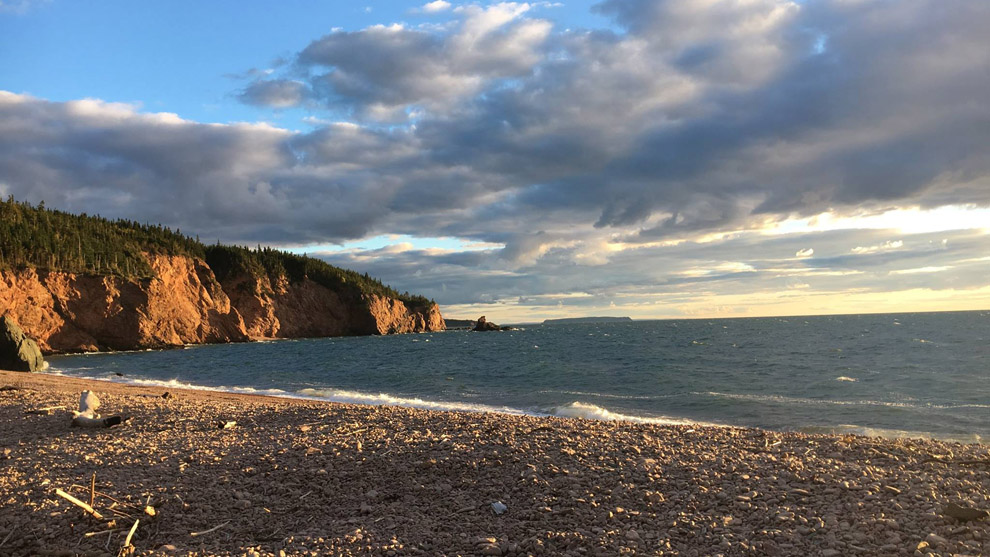
caption
A cliff extends into the ocean at Cape Chignecto.If you liked Cape Split, and want something more challenging, Cape Chignecto is an adventure that will push your legs to their limits.
Haynes, who has walked the trail loop, estimates the entire trip to be just over 50 km.
As the largest provincial park in Nova Scotia, Cape Chignecto is known for its cliffs, which extend 600 feet over the Bay of Fundy, and its diverse topography. Haynes find it’s a more “rugged” experience than some of the others places he’s visited.
“You’re seeing something virtually every step of the way,” he says.
In the summer, hikers can camp out and rent cabins along the trail.
Due to the trail’s remote location and the intensity of the hike, Cape Chignecto is only recommended for experienced hikers.
5) Crystal Crescent Beach Provincial Park
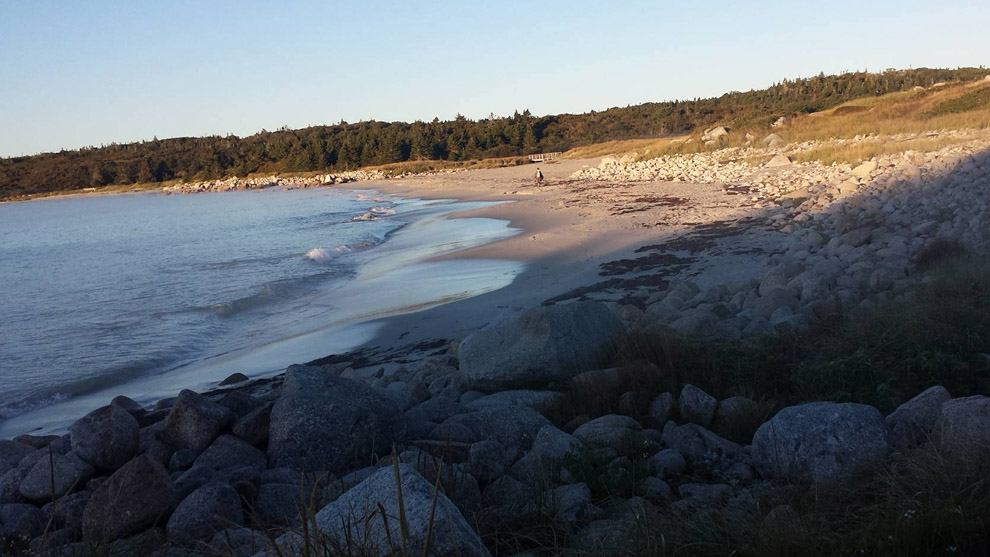
caption
The main beach at Crystal Crescent Provincial Park.Hotels.com, a website for travellers, rated a beach at Crystal Crescent Provincial Park among the top five best nude beaches in Canada in 2015. This clothing-optional spot is the third of three beaches at the park and can be accessed from a boardwalk beginning in the parking lot.
If you’re looking for something less exposed, the first and second beaches offer panoramic views of the ocean and are a popular spot for families and dog-walkers.
Located about 30 km from Halifax, the park is also the trail-head to Pennant Point, a 20-km round-trip hiking path.
Not only is it an acceptable place to “let it all hang out,” but the park’s beaches also offer crystal-clear, turquoise waters and white sand.
“I remember the water being exceptionally blue,” says Ben Koonar, a third-year student at The University of King’s College, who visited the area last fall. “It’s a little slice of the Caribbean on the Canadian East Coast.”

